European NanoCode project publishes first newsletter
 The first NanoCode Newsletter (pdf) is now available to users of the NanoCode website. The newsletter is the first of three newsletters scheduled throughout the project.
The first NanoCode Newsletter (pdf) is now available to users of the NanoCode website. The newsletter is the first of three newsletters scheduled throughout the project.
Jun 6th, 2011
Read more
 The first NanoCode Newsletter (pdf) is now available to users of the NanoCode website. The newsletter is the first of three newsletters scheduled throughout the project.
The first NanoCode Newsletter (pdf) is now available to users of the NanoCode website. The newsletter is the first of three newsletters scheduled throughout the project.
Jun 6th, 2011
Read more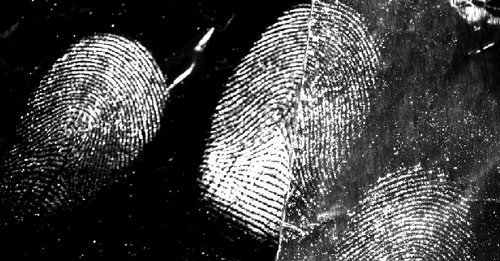 The work of University of Technology Sydney (UTS) forensic science researcher Dr Xanthe Spindler has made an important step towards recovering usable fingerprints from old evidence and surfaces long considered too difficult by crime scene investigators.
The work of University of Technology Sydney (UTS) forensic science researcher Dr Xanthe Spindler has made an important step towards recovering usable fingerprints from old evidence and surfaces long considered too difficult by crime scene investigators.
Jun 6th, 2011
Read moreHow do solar cells convert sunlight into electricity? If you are new to solar cells, here is a great introductory video from the VegaScience Trust's great Instructional Science and Engineering Videos series by Jonathan Hare.
Jun 6th, 2011
Read more The heart of a scanning probe microscope is a moveable, suspended tip, which, like the needle on a record player, reacts to small height variations on the surface, and turns these into signals that can be displayed on a computer. Researchers have now been able to create this tip, not out of solid material, as in the case of the record player, but out of an ultra-cold, dilute gas of atoms. To do this, they cooled an especially pure gas of rubidium atoms to a temperature less than a millionth of a degree above absolute zero temperature, and stored the atoms in a magnetic trap. This 'quantum tip' can be precisely positioned and enables the probing of nanostructured surfaces.
The heart of a scanning probe microscope is a moveable, suspended tip, which, like the needle on a record player, reacts to small height variations on the surface, and turns these into signals that can be displayed on a computer. Researchers have now been able to create this tip, not out of solid material, as in the case of the record player, but out of an ultra-cold, dilute gas of atoms. To do this, they cooled an especially pure gas of rubidium atoms to a temperature less than a millionth of a degree above absolute zero temperature, and stored the atoms in a magnetic trap. This 'quantum tip' can be precisely positioned and enables the probing of nanostructured surfaces.
Jun 6th, 2011
Read more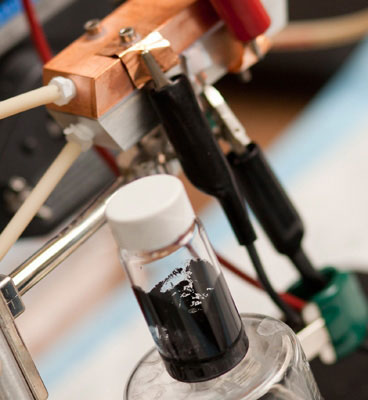 A radically new approach to the design of batteries, developed by researchers at MIT, could provide a lightweight and inexpensive alternative to existing batteries for electric vehicles and the power grid. The technology could even make 'refueling' such batteries as quick and easy as pumping gas into a conventional car.
A radically new approach to the design of batteries, developed by researchers at MIT, could provide a lightweight and inexpensive alternative to existing batteries for electric vehicles and the power grid. The technology could even make 'refueling' such batteries as quick and easy as pumping gas into a conventional car.
Jun 6th, 2011
Read more The topology of a porous material offers new ways to functionalize liquid crystals for optical applications.
The topology of a porous material offers new ways to functionalize liquid crystals for optical applications.
Jun 6th, 2011
Read more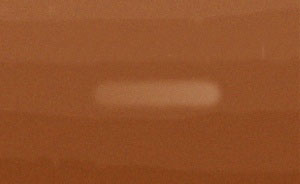 Graphene nanoribbons produced by dip-pen nanolithography form the basis for high-mobility field-effect transistors.
Graphene nanoribbons produced by dip-pen nanolithography form the basis for high-mobility field-effect transistors.
Jun 6th, 2011
Read more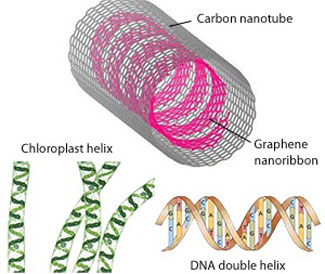 Graphene nanoribbons form DNA-like helical structures when encapsulated in carbon nanotubes.
Graphene nanoribbons form DNA-like helical structures when encapsulated in carbon nanotubes.
Jun 6th, 2011
Read more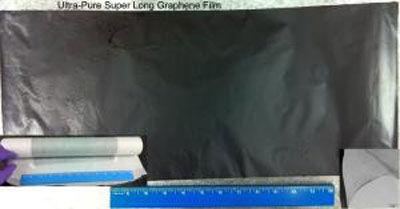 Researchers at the University of Hawai'i at Manoa have invented a technology that can transform graphite powder into super long, ultra-pure graphene film.
Researchers at the University of Hawai'i at Manoa have invented a technology that can transform graphite powder into super long, ultra-pure graphene film.
Jun 6th, 2011
Read moreMolecular mechanism driving the immune response identified for the first time.
Jun 5th, 2011
Read more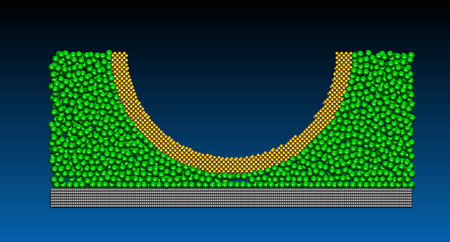 Three molecules thick, or two, or one: how does an extremely thin layer of trapped liquid behave when we make it even thinner? Measurements made using the Atomic Force Microscope show that the forces of friction increase with each step.
Three molecules thick, or two, or one: how does an extremely thin layer of trapped liquid behave when we make it even thinner? Measurements made using the Atomic Force Microscope show that the forces of friction increase with each step.
Jun 3rd, 2011
Read moreThis meeting will address the advances occurring in nanoscale tribology, providing attendees the opportunity to network, and discuss trends and future developments.
Jun 3rd, 2011
Read more Researchers describe a family of seven potential defect structures that may appear in sheets of graphene and image examples of the lowest-energy defect in the family.
Researchers describe a family of seven potential defect structures that may appear in sheets of graphene and image examples of the lowest-energy defect in the family.
Jun 3rd, 2011
Read moreAs of yesterday, all PDF versions of books published by the National Academies Press will be downloadable to anyone free of charge. This includes a current catalog of more than 4,000 books plus future reports produced by the Press.
Jun 3rd, 2011
Read more1200 members of the nanotechnology community from over 50 countries gathered in Budapest, Hungary, for three days of presentations, networking and inspiration during EuroNanoForum 2011.
Jun 3rd, 2011
Read more Using a high-resolution single-molecule study technique, University of Illinois researchers have seen the very subtle differences between two branches of an important family of neurotransmitter-gated ion channels.
Using a high-resolution single-molecule study technique, University of Illinois researchers have seen the very subtle differences between two branches of an important family of neurotransmitter-gated ion channels.
Jun 2nd, 2011
Read more